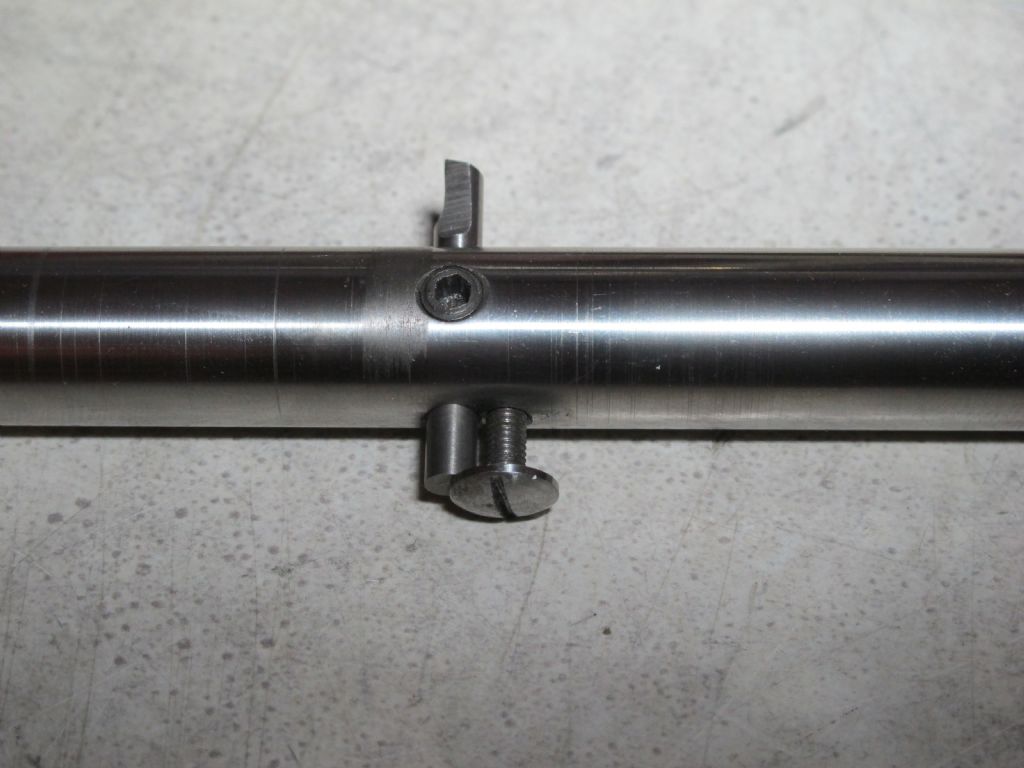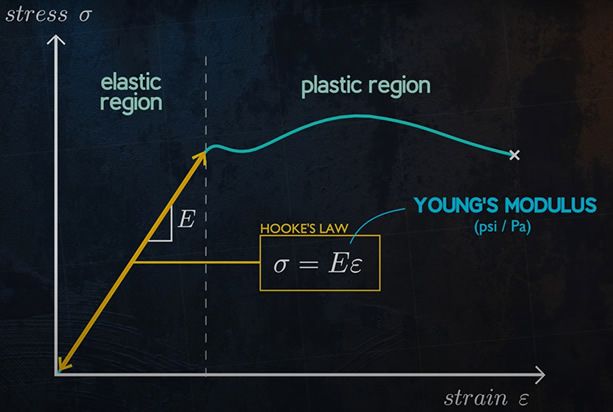Hi Brian
Tool heel clearance is what gets most of us into trouble when it comes to grinding boring tools. Especially with smaller bores.
If you have access to a decent CAD program I suggest that you do your own version of Jason's first sketch dimensioned appropriately for your job. Do it at a large scale so you can see exactly whats happening to clearances at the cutting edge and at the heel of the tool. Many folk suggest that the tool tip be set a touch above centre height to win a bit more clearance below the cutting edge. Something that a large scale drawing will help you assess.
Boring tools in general and between centre bars in particular are somewhat less stiff than conventional lathe tooling. Of necessity the cutting edge has to divine its support at considerable distance so on our sizes of work deflection is pretty much a fact of life on all but the very smallest of cuts. Another reason why some folk advocate setting little above centre, the idea being that when deflection occurs the tool comes back to centre height. The smaller the job the harder it gets as slender tools are disproportionately less stiff than fatter ones. As ever no substitute for experience. But it really helps if you start off properly as per Jasons sketches.
The detail geometry and tip radius of the cutting edge are essentially the same as that of a left hand lathe tool and need to be appropriate to the material being worked and finish required. Large tip radii tend to promote pushback and deflection so use the smallest radius you can commensurate with the desired finish.
Clive.
Edited By Clive Foster on 25/09/2017 13:49:03
Nigel Graham 2.










